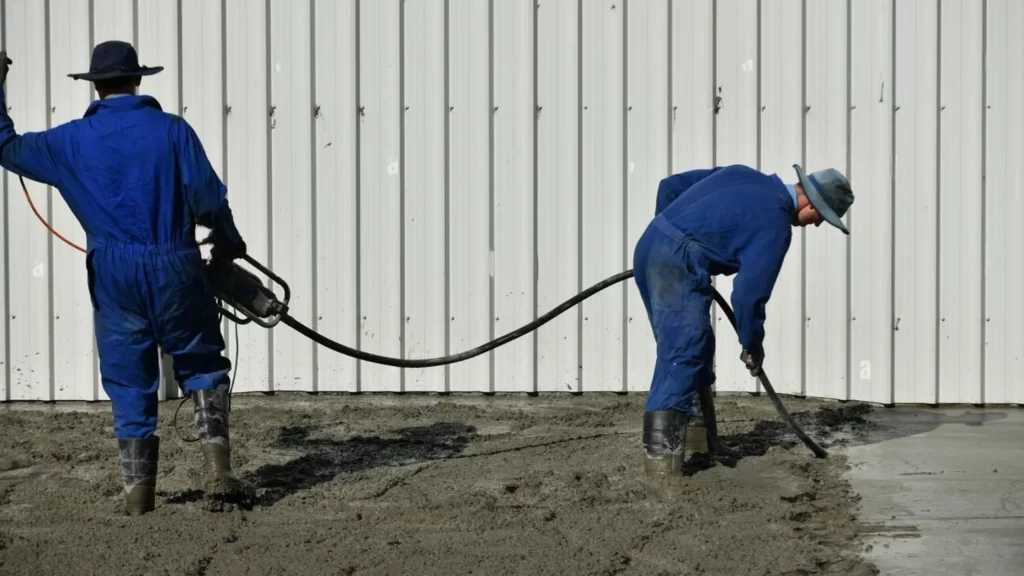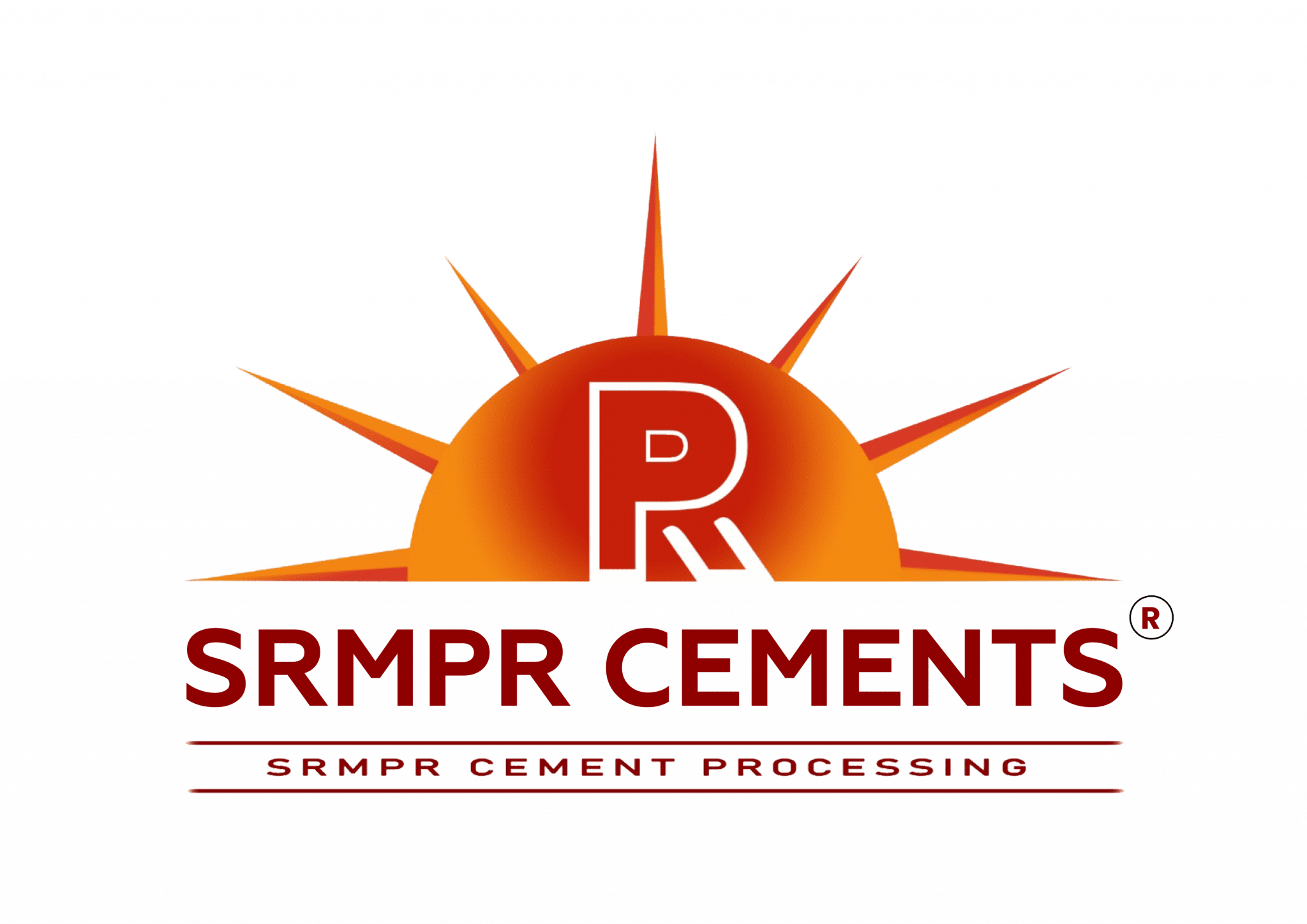Concrete stands as a cornerstone in construction, renowned for its robustness and endurance. Yet, to harness its full potential, meticulous compaction is paramount. This process entails expelling trapped air voids and solidifying the mixture to bolster strength and diminish permeability. Within this article, we delve into diverse methods and techniques for effectively executing concrete compaction.
Understanding Concrete Compaction
Concrete compaction entails reducing the volume of trapped air in freshly laid concrete, enhancing its quality and longevity. This process involves consolidating the mixture to eliminate voids, improve density, and foster better bonding between aggregates and cement paste. Proper compaction significantly bolsters the strength and durability of concrete structures while mitigating the risk of various types of cracks, thereby extending their lifespan.
Types of concerte compaction
Concrete compaction methods vary, each offering unique advantages and applications. Let’s explore them in detail:
1. Manual Compaction (Hand Compaction):
Manual compaction, also referred to as hand compaction, relies on physical labor using handheld tools like trowels, tampers, and rods. This method is suitable for small-scale projects or areas with limited access to larger compaction equipment. Skilled laborers meticulously work the concrete mixture by pressing, tamping, and striking it to remove air voids and ensure adequate compaction. Although effective in confined spaces or around complex reinforcements, manual compaction is time-consuming and requires experienced workers to ensure proper compaction.
2. Concrete Compaction by Pressure and Jolting:
Pressure and jolting techniques are common in laboratory settings or precast concrete manufacturing. In laboratories, specialized equipment like compaction apparatus or compaction factor apparatus applies pressure to concrete samples, ensuring uniform density for accurate testing and analysis. In precast concrete manufacturing, jolting tables or vibrating tables are utilized. These tables subject the concrete to rapid vertical vibrations, settling the mixture and expelling entrapped air. This method is crucial for producing high-performance concrete requiring meticulous compaction for optimal strength and durability.
3. Concrete Compaction by Spinning:
Spinning compaction is a specialized technique used in manufacturing precast concrete products such as pipes, poles, and cylindrical elements. Concrete-filled molds are rotated or spun at high speeds, generating centrifugal force that effectively removes air voids and consolidates the concrete. This method ensures uniform density and facilitates the production of high-quality precast elements.
Mechanical Compaction Through Vibration
Mechanical vibrators are widely utilized for efficient concrete compaction, employing vibrations to enhance consolidation. Notably, certain liquid concrete mixes like self-compacting or self-consolidating varieties may not require vibration.
Various types of mechanical vibrators serve different purposes:
a) Needle Vibrator:
Also known as immersion or internal vibrators, needle vibrators are ideal for compacting concrete in narrow sections like walls and columns. They feature a vibrating head attached to a flexible shaft, inserted at intervals into the concrete to liquefy the mixture, expel air voids, and ensure uniform compaction.
b) Surface Vibrator:
Surface vibrators, or screed/pan vibrators, are employed for compacting concrete slabs and flat surfaces. They move across the concrete surface, leveling it and eliminating excess air voids simultaneously. Surface vibrators excel at delivering smooth finishes on expansive horizontal surfaces.
c) Formwork Vibrator:
Designed specifically for consolidating concrete in formwork, these vibrators ensure proper compaction around embedded reinforcement and achieve smooth surface finishes. They are indispensable for maintaining quality in concrete elements such as walls, beams, and columns.
d) Table Vibrator:
Table vibrators compact thin concrete elements like precast panels or tiles. Concrete placed on a vibrating table undergoes vibratory motion across its surface, effectively eliminating voids and enhancing density. This method ensures thorough compaction in slender sections.
In essence, concrete compaction is pivotal for establishing resilient and long-lasting concrete structures. Through the elimination of entrapped air voids and the consolidation of the mixture, compaction significantly boosts concrete’s strength, density, and impermeability. Whether opting for manual compaction, pressure and jolting, spinning, or mechanical compaction via vibration, adhering to proper techniques and employing suitable equipment is indispensable.
Furthermore, when it comes to concrete compaction, selecting the right cement is paramount for ensuring optimal results. SRMPR Cements stand out for their exceptional quality and performance in concrete construction. With a reputation for consistency, reliability, and innovation, our SRMPR Cements provide the necessary foundation for achieving superior concrete compaction. We at SRMPR Cements here to elevate your concrete construction projects to new heights of strength and durability.



